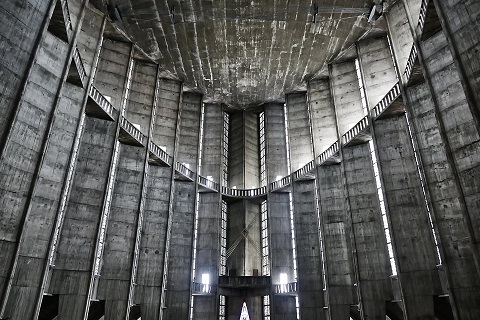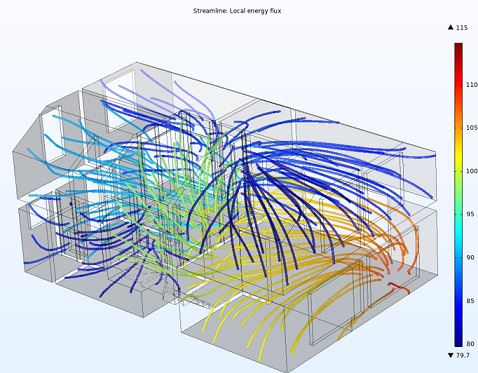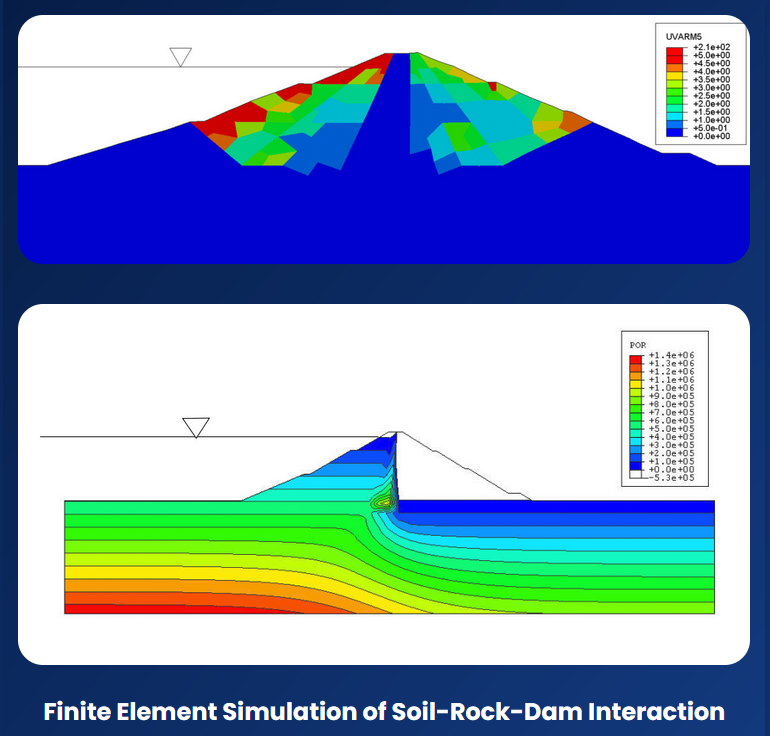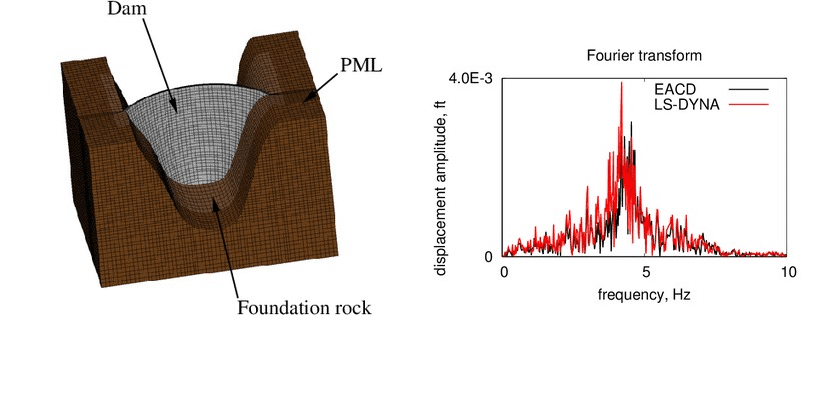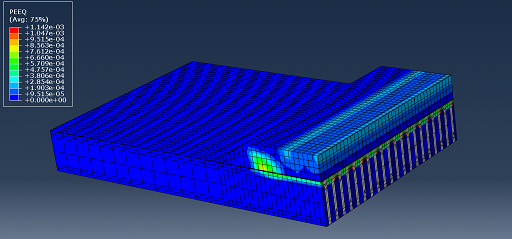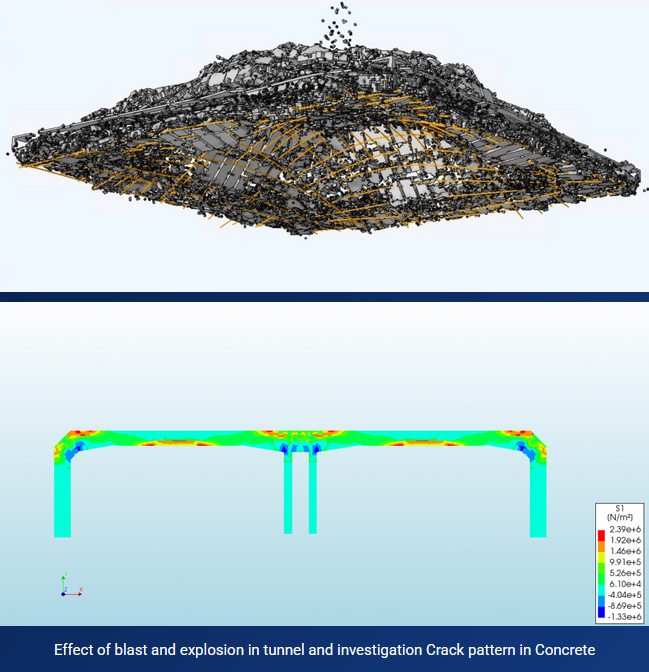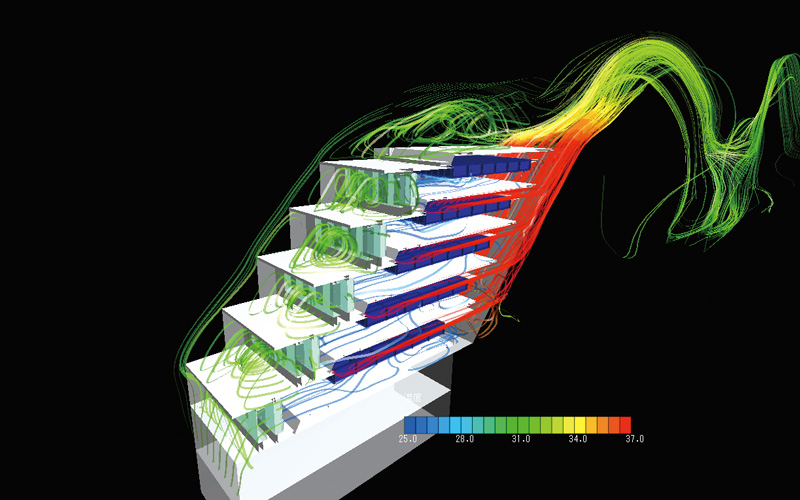Civil Engineering
Civil Engineering
Artificial Intelligence Analysis
FEA|CFD & AI Integration
Simulation Dynamics, offer a wide range of consulting services based on many years of experience using FEA and CFD softwares in Civil Engineering: Earthquake, Tunnel, Dam and Geotechnical. The Company is involved in analyses projects with advanced applications that focus on aspects of computational mechanics. In addition, we carry out research projects that lead to future extensions or enhancements to FEA and CFD package, or result in special software with C++, Python, Matlab and other high-end programming languages.
Contact US and Discover Solutions

